Special funds
In addition to the 7 main heritage sections, the Royal Estate and Museum of Mariemont has a series of specific collections that have been structured into special collections.
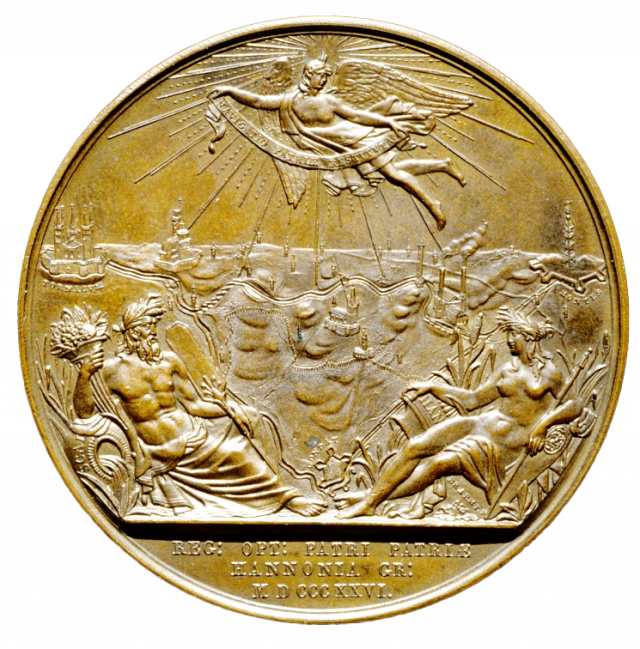
Coins and medals
Raoul Warocqué's numismatic collection offers an insight into the industrial history of the 19th and early 20th centuries. It comprises around 7,000 medals and a few coins.
A third of the collection concerns the mines of Belgium and most European countries. The rest of the collection includes medals from every continent, relating to means of communication (railways, roads and bridges, navigation, balloons, post and telegraphs, etc.) as well as the professions and commerce (stockbrokers, savings banks, insurance companies, etc.).
There are also parliamentary medals and ‘beggar's medals’. R. Warocqué's interest in art medals is reflected in the presence of 80 works by Godefroid Devreese (1861-1941). A sample of the collection was published in 1991 in the exhibition catalogue ‘Médaille et Industrie (Belgique, XIXe - début du XXe siècle): collection Raoul Warocqué’.
Bronze medal celebrating the opening of the canal from Tournai to Mons, 1826

Graphic arts
The graphic arts collection is made up of works produced using a wide range of engraving techniques (xylography, lithography, etching, etc.). There are Japanese prints by great masters, as well as posters and caricatures from the time of Raoul Warocqué.
One of Rops' finest collections
‘I can say without boasting that here in Belgium I have one of the finest collections of Rops’. Raoul Warocqué was particularly proud of his collection of prints by Félicien Rops (1833-1898), the Belgian artist who was one of the leaders of the etching revival and who stood out for his decadent symbolism and voluntarily morbid eroticism. The collection comprises some 650 works.
Some Japanese prints
Mariemont has a small collection of Japanese prints by Hiroshige, Kunisada and Kuniyoshi. Hiroshige's series of ‘Famous Edo Restaurants’ was published in 2000. There are also a number of albums of erotic prints and shunga.
Félicien Rops (1833-1898), Cigogne japonaise, s.d., etching , V. 76
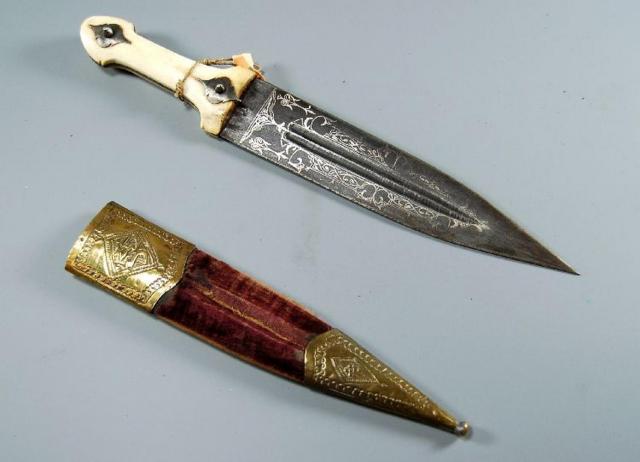
The weapons
Mariemont is home to a little-known collection of almost 300 weapons and armaments from all over the world. Acquired by the Warocqué family over time (and sometimes received as gifts), most of the weapons date from the last five centuries.
Japanese weapons include samurai swords, such as a wakizashi signed Gyodô or a yoroï toshi decorated with a snake. North Africa is represented by Moroccan koummya and Kabyle flyssa.
Although R. Warocqué's interest in the Belgian Congo was more moderate, the collection includes some emblematic African pieces, notably Songye axe heads and iron ngulu.
Most of the weapons, however, come from Europe, and stand out for their great diversity: English flintlock pistols, Italian schiavones, pieces of equestrian armour, Scottish dirk, etc.
Georgian dagger, 19th century
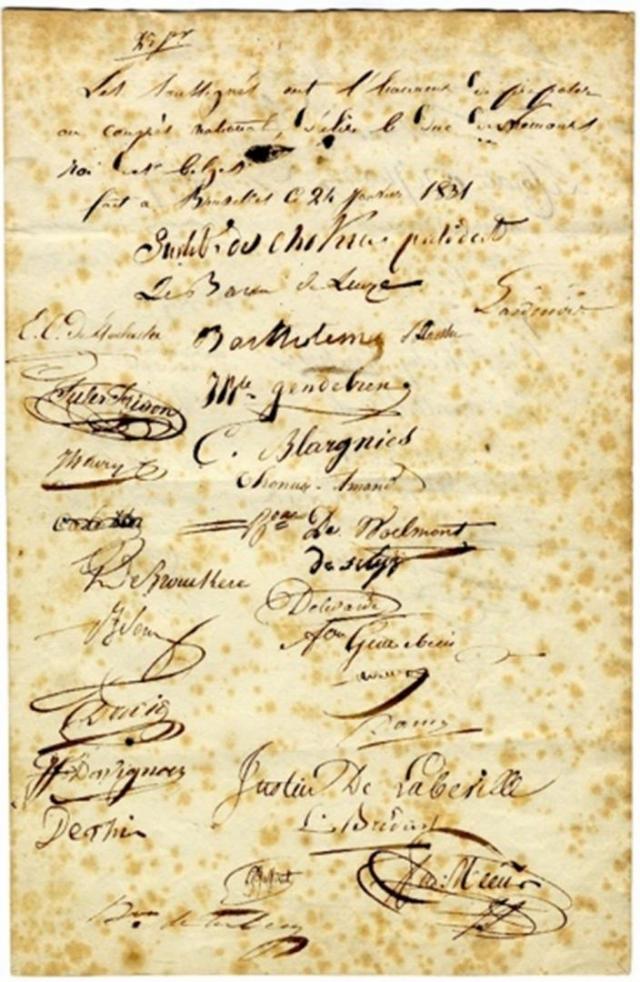
Autographs
The Mariemont autograph collection has been classified as a ‘Treasure of the Wallonia-Brussels Federation’ since 2023. It comprises almost 5,554 documents dating from the 12th to the 20th centuries, which Raoul Warocqué has assembled according to two criteria: the notoriety of the signatory and the importance of the content.
All areas of ‘knowledge’ are represented: politics (including the European royal families), the navy (Galaud de Lapérouse, Nelson, Suffren, Duguay-Trouin, etc.), humanism, philosophy and literature (Erasmus, Diderot, Rousseau, Descartes, Voltaire, Hegel, Kant, Jefferson, Racine, Sue, Sand, Hugo, etc.), painting (Le Titillus, the famous French painter), the history of the world and the history of art. ), painting (Titian, Rubens, Rembrandt, Ingres, Delacroix, etc.), music (Lassus, Charpentier, Bach, Mozart, Beethoven, Chopin, etc.), religion (Ignatius of Loyola, Luther, Melanchton, Saint Vincent de Paul, Jansenius, Father La Chaize, etc.), science (Galileo, Kepler, Linné, Champollion, Darwin, Pasteur, etc.).
After the death of Raoul Warocqué, a number of big names were added: Hergé, Kroll, Béjart and the Beatles. All the autographs can be accessed via the Library's online catalogue.
List of 52 autograph signatures of the members of the Provisional Government of Belgium proposing the Duke of Nemours, son of the French King Louis-Philippe, as King of the Belgians, 25 January 1831
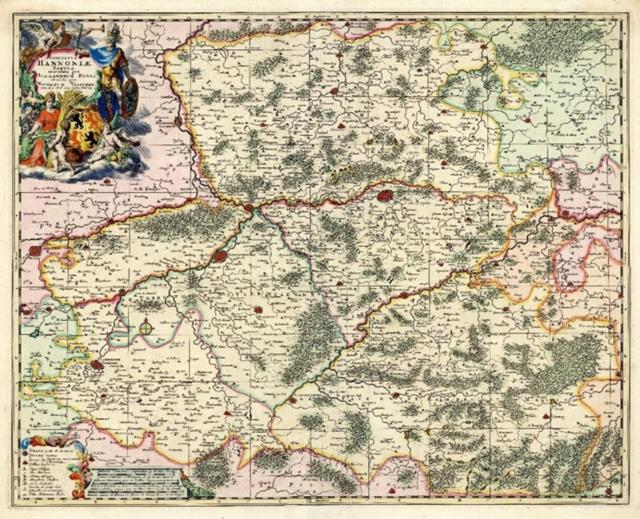
Maps & plans
The maps and plans collection consists mainly of printed documents produced in the 19th and 20th centuries, although there are also some older items. With several hundred issues, it is mainly concerned with the geographical areas around Mariemont, and more broadly with Hainaut.
The collection is fairly broad in scope, ranging from geographical maps to perspective representations, cadastral plans (Popp), I.G.N. maps, plans of railway and local road networks, industrial sites, military operations, and so on. The collection also includes atlases and manuscripts that document the history of this discipline since the 16th century.
Some of these are particularly valuable, such as the atlases by Ortelius, Mercator and Ferraris.
Alexander Penez, Comitatus Hannoniae tabula, 17th century
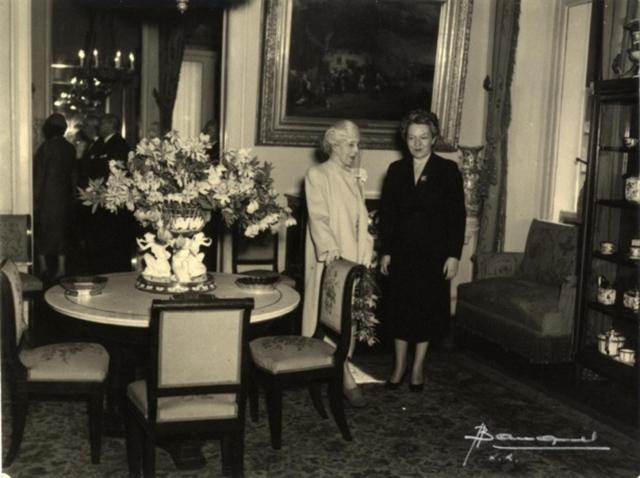
Photographs and postcards
The photographic collections bring together documents produced physically (positives, negatives and glass plates) in the 19th and 20th centuries. They bear witness to the economic, social and political activities of the Warocqué family and to life at the Château de Mariemont (family photos, receptions, etc.). There are also thematic albums, such as the series of Mary Warocqué-Orville's travels in Europe and North Africa.
The most recent photographs, produced between the 1950s and 1990s, illustrate this pivotal period, which saw the demise of the bourgeois château and the emergence of a modern museum building designed by Roger Bastin. A large number of photographic sets, attached to specific archive collections, complete the panorama.
The photographic documentation is regularly enriched with new perspectives on Mariemont through the lens of those who have walked the grounds over the decades. In addition to the photographs, there is a special collection of old postcards, mainly focusing on Mariemont and the Centre region.
Visit by Queen Elisabeth of Belgium, accompanied by the curator Germaine Faider-Feytmans, to Mariemont Castle, 10 May 1957


